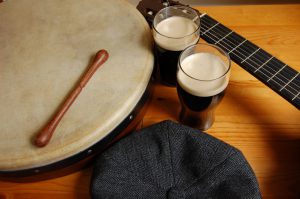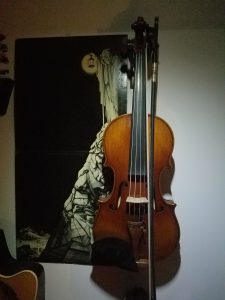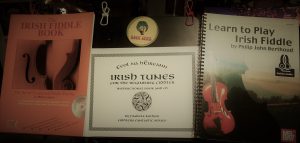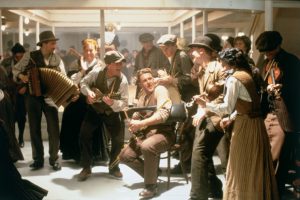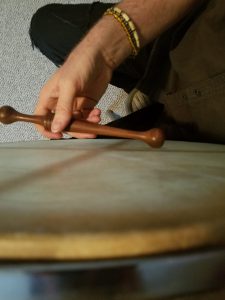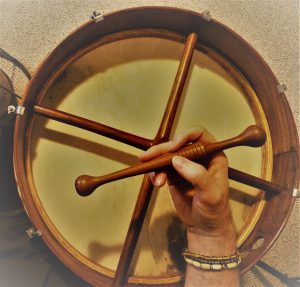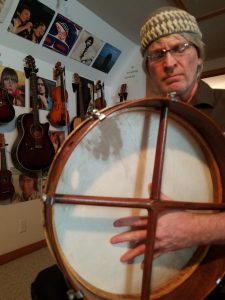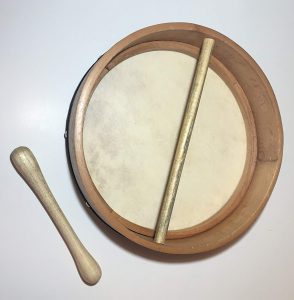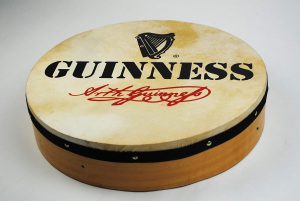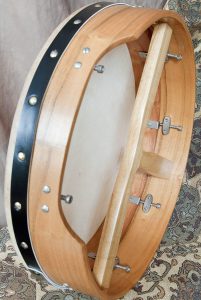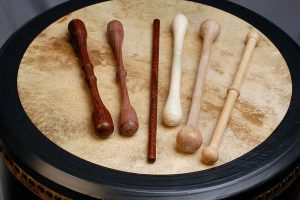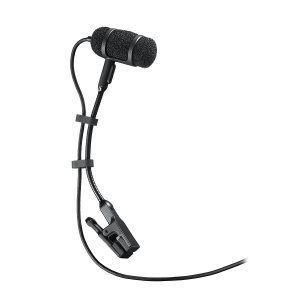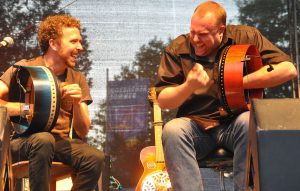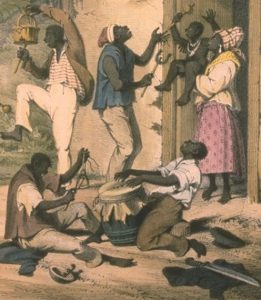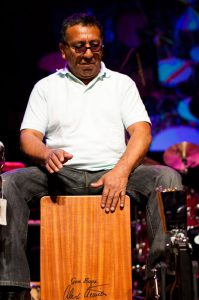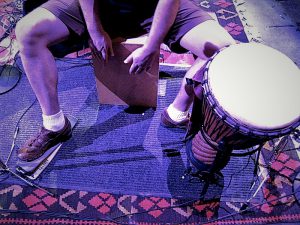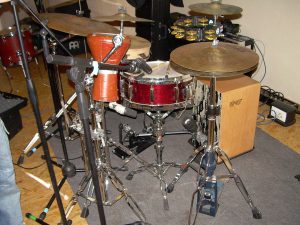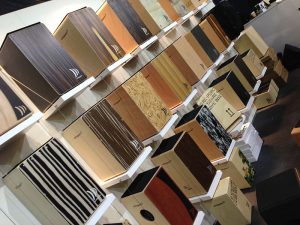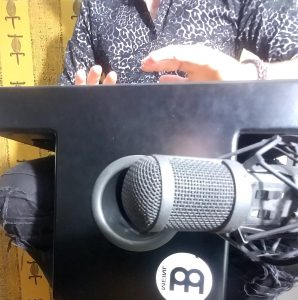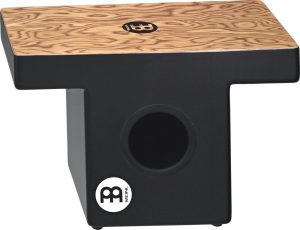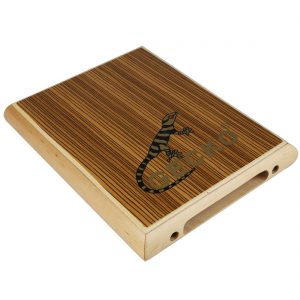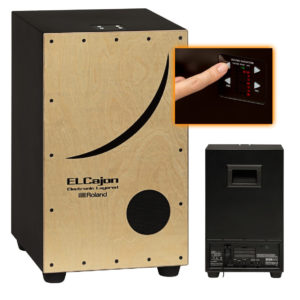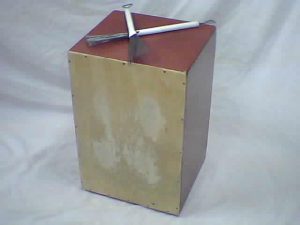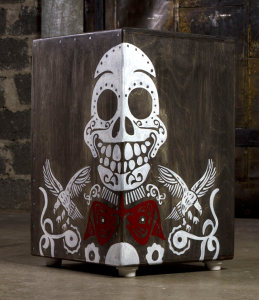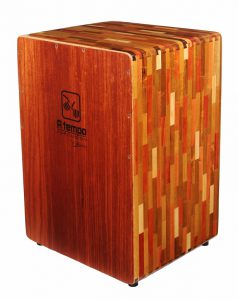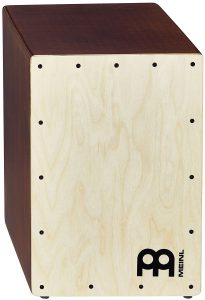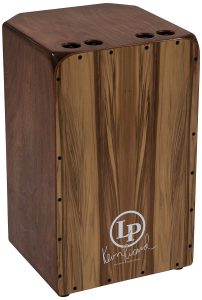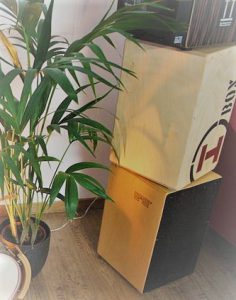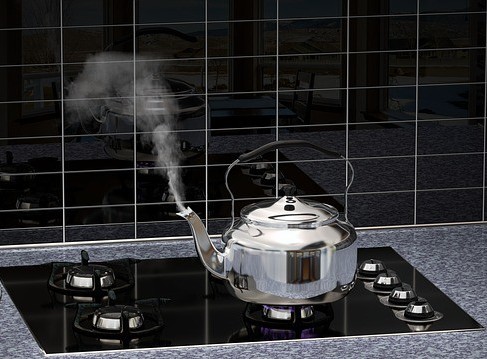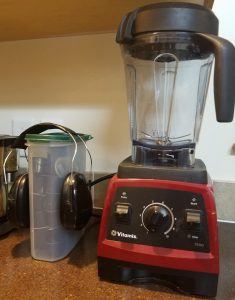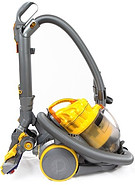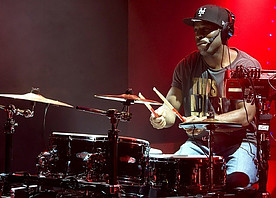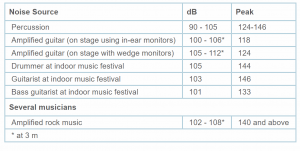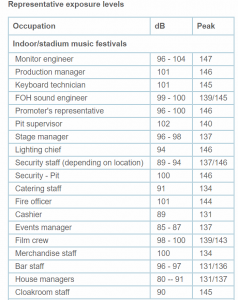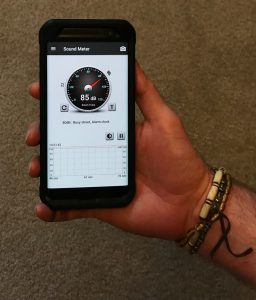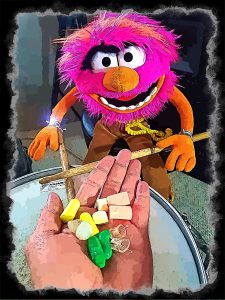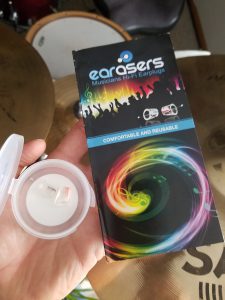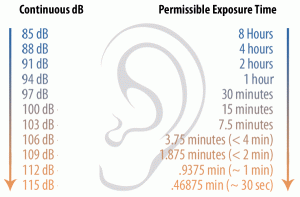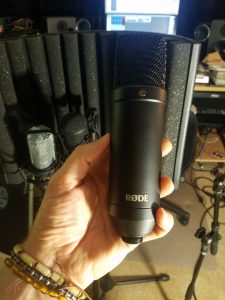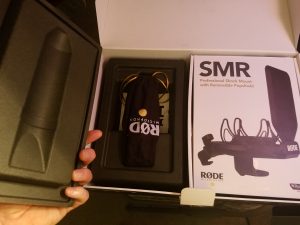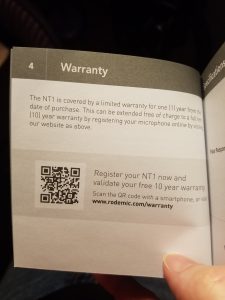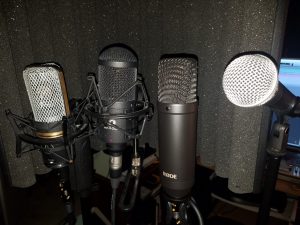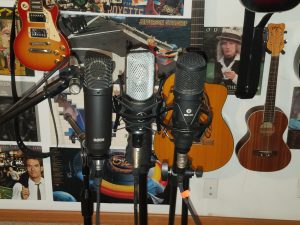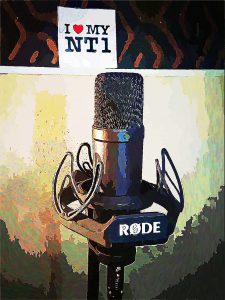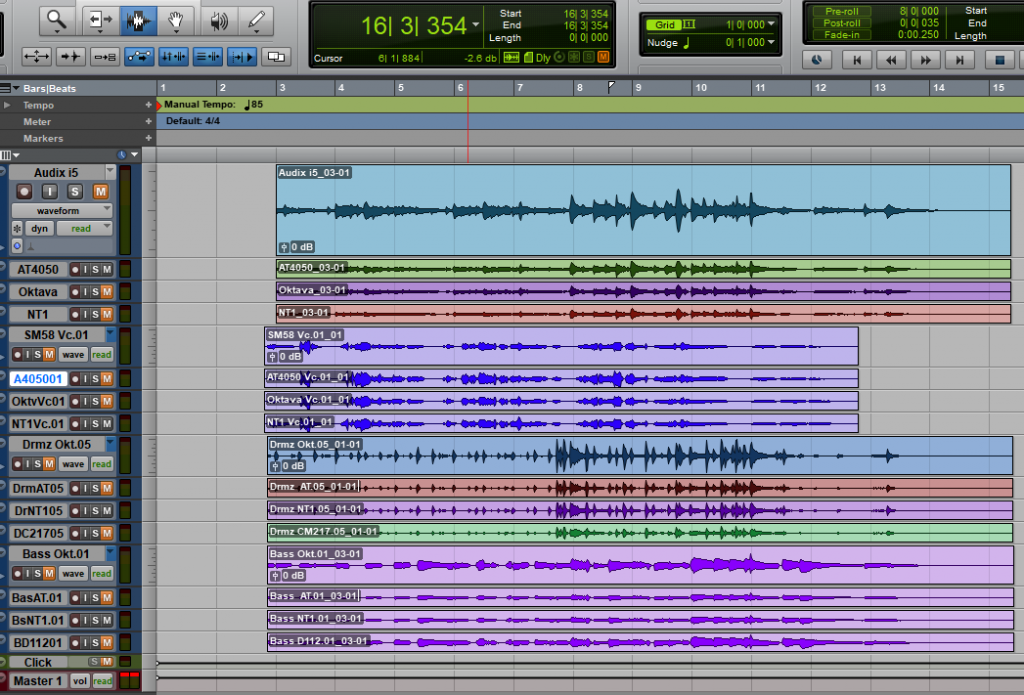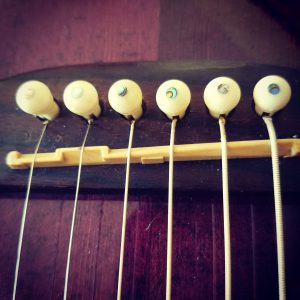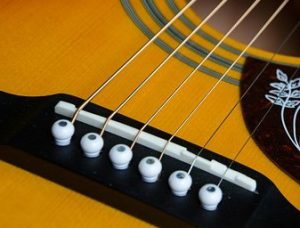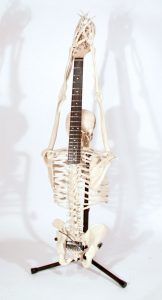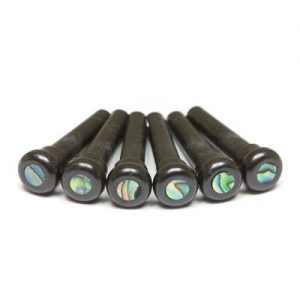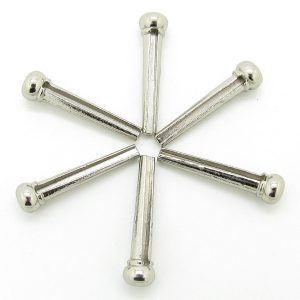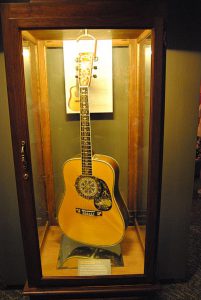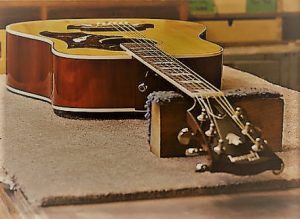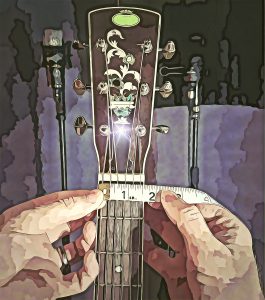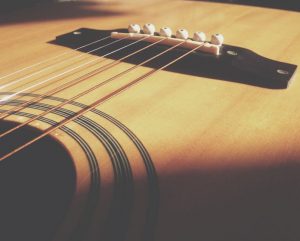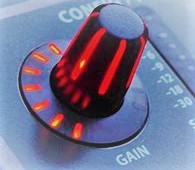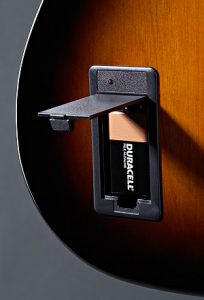
I’ve been playing gigs with just me and a couple guitars for decades now.
A lot of time and energy goes into carefully choosing and charting songs from various decades in our past. It’s all for the goal of bringing smiles and good memories to people’s faces and minds.
Because of that, I’ve come to know pretty well what songs kick up an audience’s energy. And which ones don’t!
Many of these tunes I’ve been playing for 30+ years! I can still remember learning a lot of ’em, and how for some, it wasn’t easy. Just trying to get my fingers to play some of those chords and licks took WEEKS!!
It’s true – great songs can be wickedly complex and a real b#$% to learn!

But not all are that way. I wish back then I’d had someone to tell me:
“Hey! Kid! There ARE easy guitar songs for beginners. Try these – people will love you!!”
Well, just because I didn’t get that doesn’t mean YOU have to go without. My gig-minded friends, welcome to Rock Star Shortcut School!!
Ascend Acoustic Mountain!
The first list I want to give you is concentrating on songs I only perform on acoustic guitar. This approach is where I’ve spent the majority of my time, since it’s easy (once you’re practiced and ready) to pull off a few sets without much gear, set-up time or hassle.

Acoustic guitar songs can be among the most enduring of all time. Want proof? What’s the most recorded song of all time, the world over? Any idea??
It’s “Yesterday“, by the Beatles. Just Paul McCartney and an acoustic guitar, with some strings behind him to lush it up a bit. Wanna please a crowd of all ages? Throw this song in. You’re sure to get not only smiles, but respect. It’s not the easiest song, sporting 10 different chords, but it’s not among the hardest either. “Blackbird” is much more demanding.

The list below teaches you how to play these songs fairly easily. If there are complex intros and such, I’ve linked you in most cases to ways of playing it that are easier. In the majority of cases that means simple chords instead of intricate riffs.
Whenever I learn a song, I learn all of it, just like the recording. When you’re first learning though, it’s totally fine to learn easy versions of any tune. As we heard earlier, it’s the vocal that’s important anyway.
So what acoustic guitar songs get a great audience reaction but aren’t that difficult to play?? Here’s my top fifteen that always get an audience singin’ along, and that I play regularly on an acoustic guitar:
- 3 a.m., 4 chords, RECORDING HERE, LEARN HERE
- American Pie, 5 chords, RECORDING HERE, LEARN HERE
- Brown-eyed Girl, 4 chords (minus tricky intro, chords instead), RECORDING HERE, LEARN HERE
- Don’t Worry, Be Happy, 3 chords, RECORDING HERE, LEARN HERE
- Drift Away, 7 chords (minus tricky intro), RECORDING HERE, LEARN HERE
- Hey There, Delilah, 4 chords, RECORDING HERE, LEARN HERE
- I Like It, I Love it, 4 chords, RECORDING HERE, LEARN HERE
- I’m Yours, 4 chords, RECORDING HERE, LEARN HERE
- The Lion Sleep Tonight, 4 chords, RECORDING HERE, LEARN HERE
- Only Wanna Be With You, 4 chords, RECORDING HERE, LEARN HERE
- Peaceful Easy Feeling, 4 chords, RECORDING HERE, LEARN HERE
- Soak Up the Sun, 5 chords, RECORDING HERE, LEARN HERE
- Stand By Me, 4 chords, RECORDING HERE, LEARN HERE
- Your Body is a Wonderland, 5 chords, RECORDING HERE, LEARN HERE
- You’ve Got to Hide Your Love Away, 4 chords, RECORDING HERE, LEARN HERE

If a “7” is added quickly after a major chord of the same name, I didn’t include that as a separate chord. You can leave the 7 out to simplify.
Also, with some of these songs, there are passing chords that are technically in the song, but you can get away with not playing. This simplifies the song so you don’t have to worry about quick, sudden chord changes as a beginner.
In “Soak Up the Sun“, for example, one of the chord progressions is [ Em D/F# G A ]. You can, however, totally get away with simply playing [ Em G A ], skipping the fast passing chord and making it a lot easier. No one will mind if you do this, especially if your VOCALS are really good.
Except that guitar player in the front row who wants to think he’s better than you. He’ll notice. 😉
Elevate to Electric Heaven!
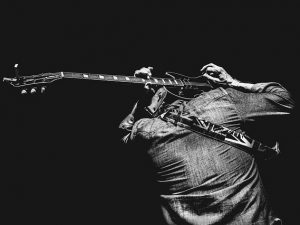
Electric guitars tend to be in bands. Yes, you can do gigs alone and play some songs on electric (I’ve done it hundreds of times), but the electric guitar really sings out best when accompanied by a kickin’ rhythm section. For that reason, the following easy guitar songs are meant to be played in the context of a band.
If there are instrument solos in any of the songs in the list, you can just skip those, or vocally riff through them, if you’re not good at soloing. Why? Because the most important thing is… yea, I think you know. 😉
The list of my favorite electric guitar songs to play is… well, it’s very long, I’ll just put it that way. But which ones are easy?? I guess I’d narrow it down to the following fifteen tunes:
- Viva La Vida, 4 chords, RECORDING HERE, LEARN HERE
- Boulevard Of Broken Dreams, 6 chords (except for outro), RECORDING HERE, LEARN HERE
- Breakfast at Tiffany’s, 4 chords, RECORDING HERE, LEARN HERE
- Can’t Get No Satisfaction, 4 chords (and the repeating riff), RECORDING HERE, LEARN HERE
- What I Like About You, 5 chords (and the repeating riff), RECORDING HERE, LEARN HERE
- Somebody That I Used To Know, 3 chords, RECORDING HERE, LEARN HERE
- All Along the Watchtower, 4 chords (minus solos), RECORDING HERE, LEARN HERE
- Play That Funky Music, 5 chords (w/optional riff), RECORDING HERE, LEARN HERE
- Hey, Soul Sister, 4 chords, RECORDING HERE, LEARN HERE
- Jenny, 5 chords (w/optional riffs), RECORDING HERE, LEARN HERE
- Moondance, 4 chords (minus solos), RECORDING HERE, LEARN HERE
- One, 5 chords (minus solos), RECORDING HERE, LEARN HERE
- Purple Rain, 4 chords (minus solos), RECORDING HERE, LEARN HERE
- Some Kind of Wonderful, 5 chords (minus solos), RECORDING HERE, LEARN HERE
- Time For Me To Fly, 5 chords (standard tuning version), RECORDING HERE, LEARN HERE

The last one there, “Time For Me To Fly”, is an example of a song that originally was in an extreme alternate tuning on the 12-string guitar. That makes things difficult in a live setting, unless you have dozens of guitars and a guitar tech to hand them to you live!
So here I’ve linked you to ways of playing all these tunes that are quick and easy but still sound very much like the original.
Another great thing about these songs is you can play them with only the basics. Sure, you could turn a ton of effects on, but these songs can still be effective if all you have is an axe and an amp.
Tested and Trusted
So now you have links that are either accurate, or convincing reconfigurations, of all these songs. The video lessons you can jump to anytime and, within minutes, be ready to gig!

The instructors in these videos are all qualified fellow musicians whom I trust. I’ve watched each video and can vouch for their expertise.
Do I personally play the songs like they do in every case? Nope. I tend to play songs just like the original recordings, and these versions often do not, but they definitely work, and are simple for beginners, which is the whole point of this article.

Once you have a large group of songs like these down and you can perform them well, you can always expand your technical proficiency by learning the tricky bits, the fills, the solos, the alternate tunings and extra overdubbed guitar parts that made the song great in the first place.
What I did NOT do (you’ll be happy to know) is link you to lessons where the instruction is incredibly wrong, and believe me… there are plenty of those!! I have found hundreds (yes, HUNDREDS) of TABs and instructional videos that are way off the mark.
These days there’s really no excuse for teaching something wrong. All a person has to do is call up a video of the original band or artist playing a certain song and look where their hands are. Are they using a capo? Are they using open or barre chords?? Electric, 6-string or 12-string??? It’s all right there.
If you learn tunes in a technically proficient way, even if it’s simple, it’ll be advantageous to you in the long run. Everything in these lessons will help you in the future play even more great tunes, with no bad habits!
No Arthritis, Please!
If you ever do happen to learn a song dramatically wrong… it can force upon you a learning curve that’s WAAAAAY larger than it needs to be.
Before I sign off for the day, lemme share with you two cases in point, and you’ll understand why learning from a trusted source is so important…
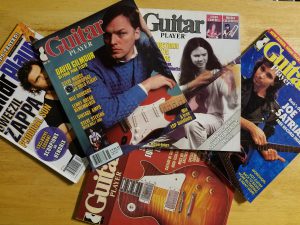
Before the Internet appeared, and simplified our lives considerably, gig tunes were either learned by ear or gleaned from music magazines that would TAB out a few songs each issue.
I spent days and days hammering out two songs from two different music magazines this way. In each case, the magazine TAB was wrong. Really wrong. I’m not just talkin’ a couple measures off here; I’m saying well over half of the song in one case, and ONE HUNDRED PERCENT of the song in the other, was completely, totally wrong.
For “Blackbird“, by the Beatles, I still to this day play it the way I learned it, tho’ I’ve since seen Paul McCartney play it and he does it in a much simpler way that I wish I’d learned in the first place. Oh well, no worries… it just made me a more flexible player, right?!
The second song was “Little Guitars“, by Van Halen, and that TAB was so off the mark, it was like trying to paint the Mona Lisa with a car tire! I worked at that stupid piece for months. I remember thinking, “Eddie! Dude! How in the world did you come up with contorting your fingers this way??! Do you have arthritis or WHAT??!!!”
The problem was that the magazine and TAB creator (who shall remain nameless, grumble, grumble, grumble…!!!) thought that Eddie played the song on a normal guitar in normal tuning.
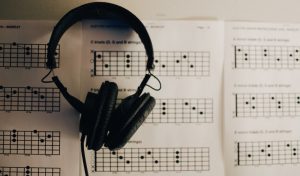
He could not have been further from the truth. Eddie used a small scale guitar, which maintained a normal tuning like that of a full-sized guitar capoed at the third fret. He also dropped the low E string a full whole step down.
When you use this approach (the RIGHT ONE!!!!) for the song, the chord shapes are mostly ones you already know and have played for years.
(Heavy sigh, grimace)
Okay, no problem. Again, just made me a better player, right?! All that to say, learning the right way for each song is the way to go. Not only do you get inside the head of the writer, you save yourself a ton of time and aggravation and more efficiently carve out your niche of success in this crazy career field.
Do it right to do it better!!

Strum it! Pick it! Love it!!
Who doesn’t love this kind of work?! Playing music is incredibly life-giving and exciting. The more you do it, the more examples you find of intoxicating joy in the moment, and when an audience sees that in you… they’ll be screaming for more!!

Learn as many of the songs above as you can, beginning to end. Practice until you don’t even have to look at the guitar neck anymore. You GOT THIS!
Then you can be free to interact with the crowd, take in the venue, and revel in the freedom of being a master of your repertoire. Doesn’t matter if the songs are simple. It’s all about how you perform them.
Showing the crowd competence and confidence and fun will make them want what you’ve got. Whether you’re a rocker in boots, a pop diva in sequined sneakers, or a little girl busking in Crocs on the street…
… they’ll find it, and you, simply irresistible!
So get practicing, and make you mark on the ever-expanding universe of guitar artists shredding their hearts out online. I’ll be watching for ya.
Now, go… make… sounds!!
Teaj

